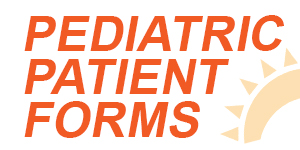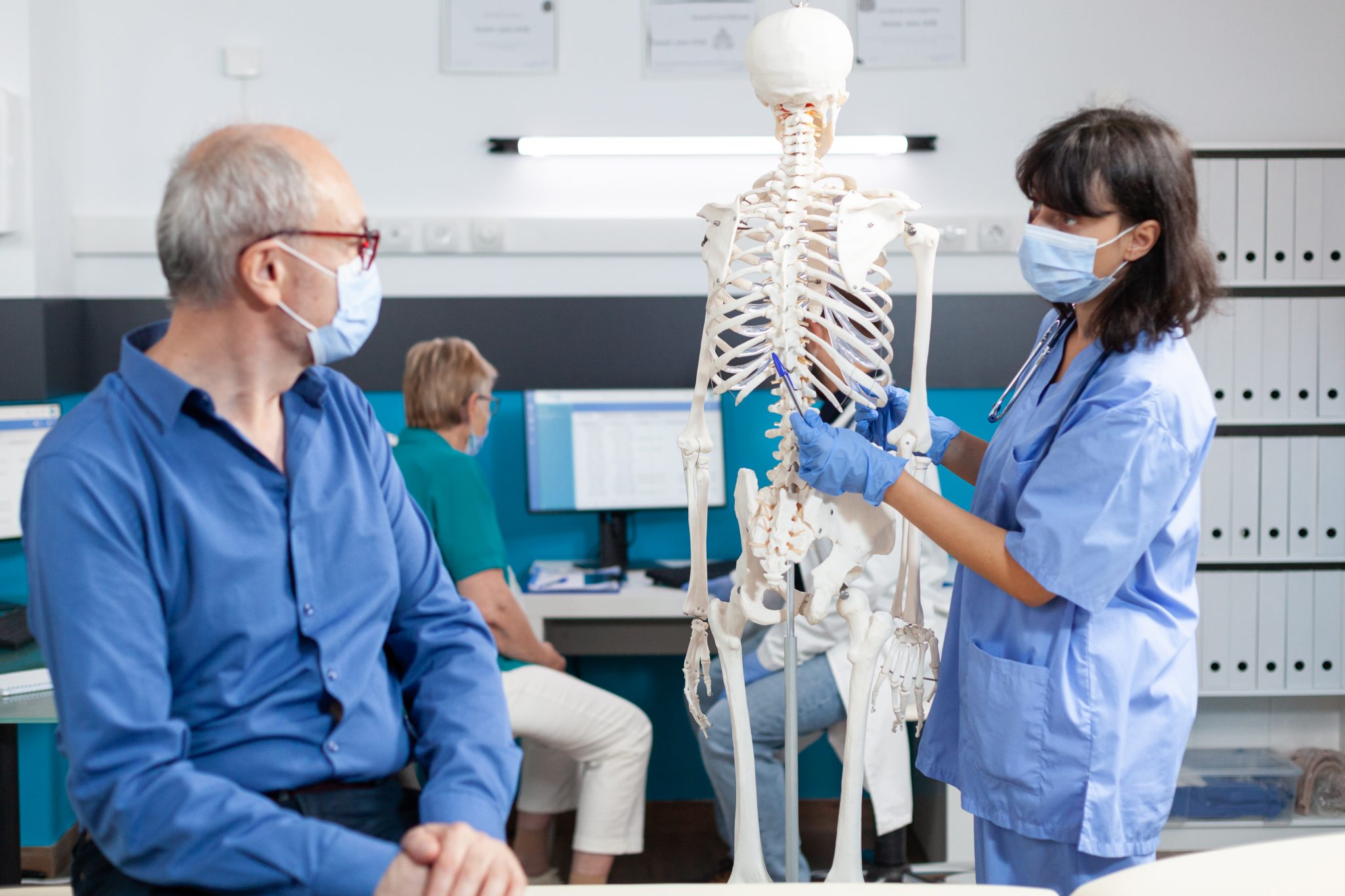It seems that cupping began to gain nationwide attention in the United States after Michael Phelps and other Olympians showed up for the 2016 Olympics with huge, red circles all over their backs.
However, cupping is not a new form of therapy. In fact, the treatment has been around for an incredibly long time and is grouped under the medical umbrella of Traditional Chinese Medicine or TCM.
In this article, we will provide you with some background information on cupping therapy. After reading this article, you’ll be able to make a more informed decision about whether or not cupping therapy is the right treatment for your needs.
The History of Cup Therapy
Truth be told, the exact origins of cupping therapy are disputed. Some scholars believe the treatment first appeared in ancient Egypt, while others say that it originated in ancient China.
Regardless of where it initially started, it has been an available treatment option for thousands of years.
What is Cupping and How Does it Work?
“Cupping” is a fairly broad term that refers to the use of cups in order to treat various ailments. Over the centuries, cups have been made out of a variety of materials, but these days, we often find mostly glass cups with silicon pieces. Depending on the region and the preference of the practitioner, however, you could find cups made of bamboo, earthenware, or other substances.
Cupping can be performed in different ways. A short list of cupping methods includes:
- Dry cupping,
- Wet cupping,
- Fire cupping,
- Gliding/moving cupping.
Each of these treatments contains slightly different elements. However, all of the methods listed above involve:
- Placing the cups on an area of the skin that has underlying muscle tightness/pain.
- Lightly implementing some suction to the cup, so that the skin and underlying tissue are pulled upward.
- Sustaining this pressure for a given period of time.
After the treatment is complete, there will often be very visible, circular, red marks on the skin where the cup had been placed. Because of the jarring appearance of these marks, many people have questioned the safety of cupping.
Is Cupping Safe?
As is the case with most treatments, there are some risks that come with cupping. Luckily, the risks associated with cupping are minor and most of them can be effectively eliminated when working with a well-trained, competent practitioner.
The risks of cupping include:
- Scars, burns, skin color changes.
- Blood loss (wet cupping only).
- Disease transmission (if the practitioner doesn’t implement sound infection control practices).
Fortunately, even the relatively minor issues listed above are rare with regards to cupping therapy.
Most patients do not experience any side effects and have extremely positive outcomes from cupping therapy.
Conditions that Can Benefit from a Cupping Massage
Cupping can be used for many different issues both as a standalone treatment and in conjunction with other treatment methods, such as exercise.
Some of the conditions which can be effectively managed through cupping therapy include:
- Arthritis,
- Certain types of headaches,
- Muscle strains,
- GI dysfunction and discomfort.
Naturally, there are many other issues that can benefit from cupping therapy. If you have a specific issue and you are interested in trying cupping therapy, consult with your chiropractor!
At Awaken Chiropractic, we offer the best possible treatment options to our patients. Your Parker chiropractor at Awaken will assess your needs and determine a treatment plan that will work best for you. This may include cupping therapy, spinal manipulation, or any of the many other treatments we perform. If you have specific questions or concerns about cupping therapy, we’d be happy to set up an appointment to discuss the matter further. Book your appointment today.






